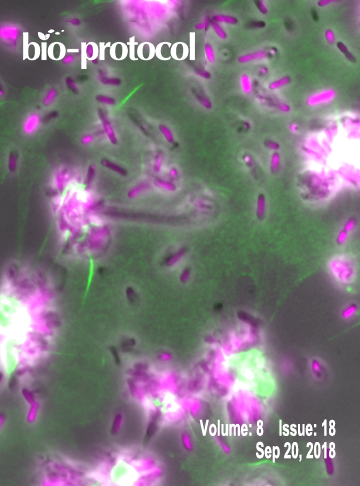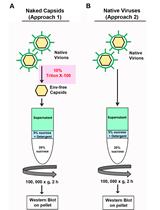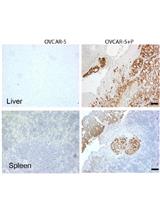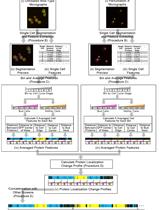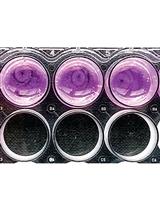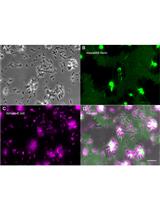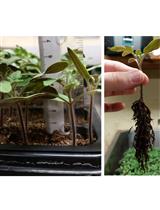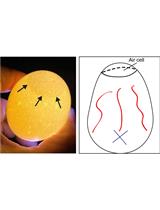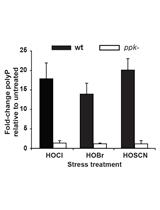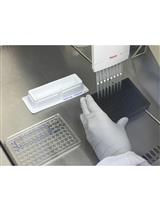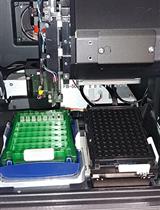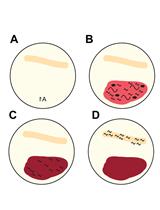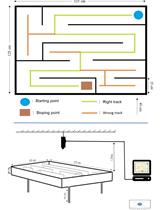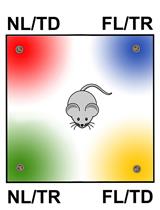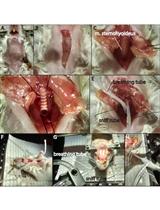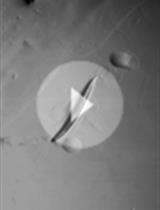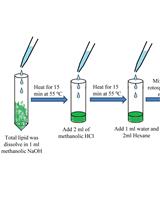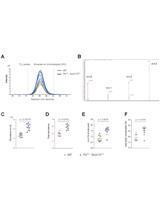- Submit a Protocol
- Receive Our Alerts
- EN
- Protocols
- Articles and Issues
- About
- Become a Reviewer
Past Issue in 2018
Volume: 8, Issue: 18
Biochemistry
Retroviral Capsid Core Stability Assay
Cancer Biology
Zebrafish Embryo Xenograft and Metastasis Assay
Qualitative in vivo Bioluminescence Imaging
Cell Biology
Extracting and Integrating Protein Localization Changes from Multiple Image Screens of Yeast Cells
Developmental Biology
Activation of Fibroblast Contractility via Cell-Cell Interactions and Soluble Signals
Immunology
Platelet Migration and Bacterial Trapping Assay under Flow
Microbiology
Plant Assays for Quantifying Ralstonia solanacearum Virulence
Sendai Virus Propagation Using Chicken Eggs
Extraction and Quantification of Polyphosphate (polyP) from Gram-negative Bacteria
High-throughput Microscopic Analysis of Salmonella Invasion of Host Cells
Molecular Biology
Identifying Protein Interactions with Histone Peptides Using Bio-layer Interferometry
Neuroscience
6-hydroxydopamine (6-OHDA) Oxidative Stress Assay for Observing Dopaminergic Neuron Loss in Caenorhabditis elegans
Classic Labyrinth Test for Neurobehavioral Evaluation in Wistar Rats
Assessing Classical Olfactory Fear Conditioning by Behavioral Freezing in Mice
Behavioral Evaluation of Odor Memory in Mice
Artificial Inhalation Protocol in Adult Mice
A Behavioral Assay to Examine the Effects of Kavalactones on Caenorhabditis elegans Neuromuscular Excitability
Plant Science
GC-MS-Based Analysis of Methanol: Chloroform-extracted Fatty Acids from Plant Tissues
Fabrication and Use of the Dual-Flow-RootChip for the Imaging of Arabidopsis Roots in Asymmetric Microenvironments
Live Confocal Imaging of Brachypodium Spikelet Meristems
Systems Biology
Stable-isotope Labeled Metabolic Analysis in Drosophila melanogaster: From Experimental Setup to Data Analysis


